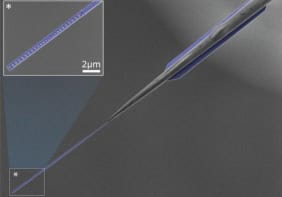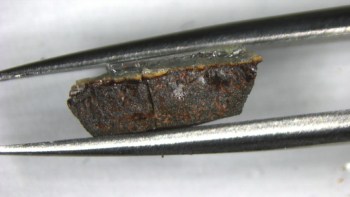Physicists have found that some liquid metals which appear to be non-magnetic -- such as mercury, aluminium, gallium and lead -- actually contain magnetic moments that appear and disappear on extremely short time scales. Wouter Montfrooij and colleagues at the University of Missouri made the discovery, which had been predicted by theorists, when they re-analysed neutron scattering data. The phenomenon is thought to be caused by a phenomenon called cage diffusion (cond-mat/0506612).
Cage-diffusion occurs when an atom in a liquid bounces off neighbouring atoms and becomes confined to a “cage”. In self-diffusion, on the other hand, the atom simply moves through the liquid. Molecular dynamics simulations have shown that these two processes take place on very different time scales: cage-diffusion occurs on picosecond (10-12 s) time scales, while self-diffusion takes much longer. Neutron scattering can be used to observe both.
At first the results of neutron scattering experiments and molecular dynamics calculations on liquid mercury did not agree with each other. However, in 2003, Yaspal Badyal of the Oak Ridge National Laboratory and colleagues suggested that the discrepancy might be caused by the atoms in the liquid having a magnetic moment that fluctuates.
The basic idea is as follows: atoms can approach each other very closely in a liquid, which can cause an electron to be ejected from a filled inner shell. This results in the atom having an unpaired electron — and therefore a magnetic moment. Once the ions move away from each other, the shell fills up again. This means that the magnetic moment should pop in and out of existence on the same time scale as the ion “rattles around” in the cage formed by its neighbours.
Montfrooij and colleagues have now shown that the cage-diffusion process is indeed accompanied by a fluctuating magnetic moment in liquid metals. By re-analysing published neutron scattering data on various liquids, they found that ions in gallium, aluminium and lead show a large effect similar to mercury, which has unpaired electrons for up to 20% of the time.
“Not only do these magnetic moments provide an additional means for studying cage-diffusion by neutron scattering, they provide an additional long-range interaction mechanism for the ions in the liquid,” they write in a paper that will be published in Physical Review E.



